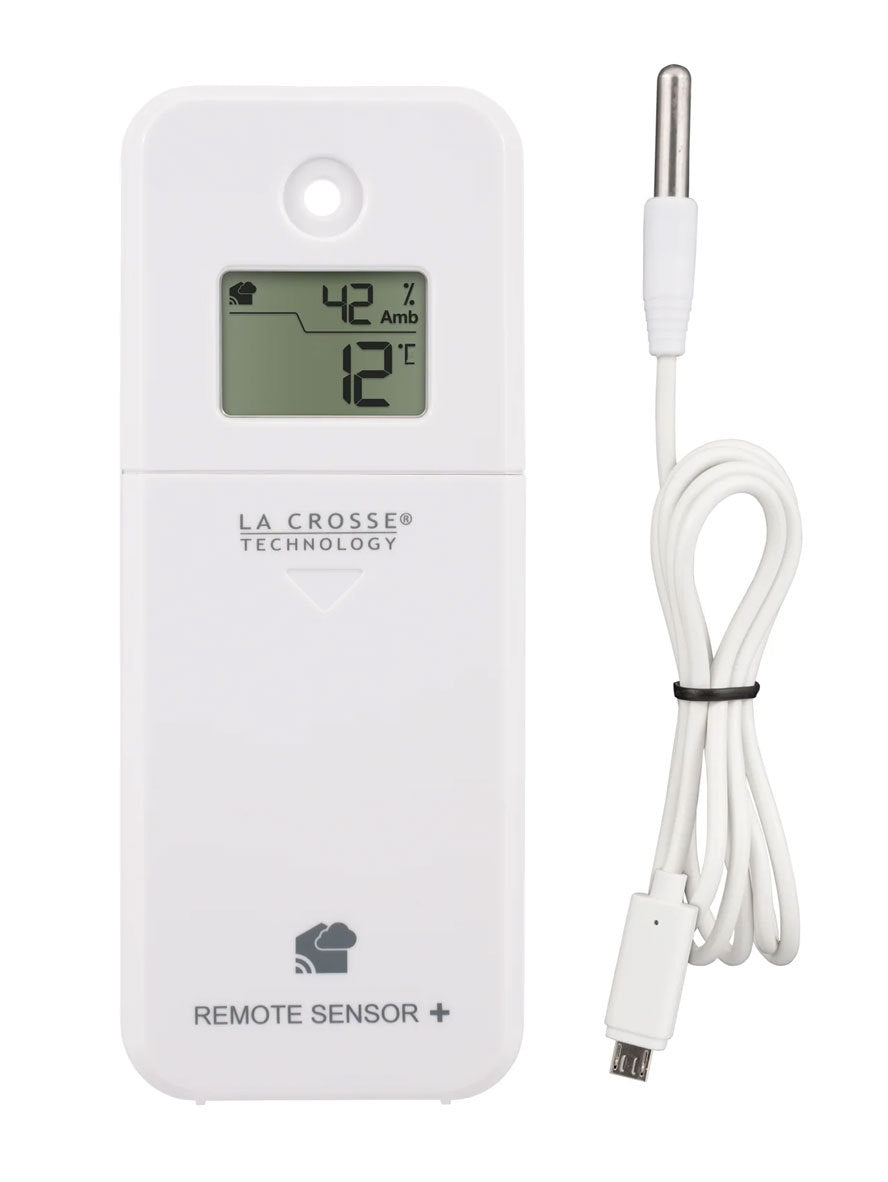
Types of temperature sensors and their applications
Share
Temperature sensors always need to be accurate and responsive; there’s no doubt in that. Most of the time, this type of equipment is a fundamental part of the creation of life-saving medication. Therefore, precision is everything.
Some other applications, however, do not require the same level of accuracy and responsiveness as they’re meant for other functions. Because of that, the most common types of temperature sensors can be grouped into four categories.
- Negative Temperature Coefficient (NTC) Thermistors
- Resistance Temperature Detectors (RTDs)
- Thermocouples
- Semiconductor-Based Temperature Sensors
But what exactly is a temperature sensor?

Understanding temperature sensors
Temperature sensors are devices suitable for many types of applications. Their main function is to detect the temperature of an object or an environment and signal their exact temperature with precision.
They can be used to track the temperature of outdoor environments, such as weather stations, or the temperature of equipment or machinery.
Most common types of temperature sensors
Negative Temperature Coefficient (NTC)
As the name suggests, these temperature sensors exhibit a Negative Temperature Coefficient. This means they’re highly sensitive to any temperature variation. Their resistance decreases as the temperature goes higher.
They are known for being fast and very responsive due to their material properties and size, which allows for an accurate reading. Some glass-made NTC sensors can handle an effective range of -50°C to 250°C, while standard thermistors handle up to 150°C.
Although their output is non-linear, it can be adjusted to provide accurate readings over specific ranges.
Resistance Temperature Detector (RTD)
The Resistance Temperature Detector consists of a wire wrapped around ceramic or glass that can provide accurate readings by measuring the resistance level of the metal.
The most accurate types are those made of Platinum. They can provide a highly accurate linear output across a -200 to 600 °C temperature range. However, the Platinum RTDs are usually the most expensive types.
A lower-cost option would be an RTD made of nickel or copper.
Thermocouples
Thermocouples are the temperature sensors with the widest temperature range, measuring from -200 °C to 1750 °C. The trade-off is that the accuracy they provide is very low, varying from 0.5 °C to 5 °C.
They consist of two wires of different metals electrically bonded at two points. The changes in temperature are proportionally reflected by the varying voltage created between the metals.
Semiconductor-based temperature sensors
Usually incorporated into integrated circuits (ICs), these sensors have the lowest accuracy among the basic sensor types. Their temperature range is also the narrowest, ranging from -70 °C to 150 °C.
These sensors utilise a pair of identical diodes with temperature-sensitive voltage, which is used to monitor the changes in temperature.
Precise temperature readings and their importance
Precision is everything when measuring temperature. Choosing the right type of sensor depends on each application’s requirements. The equipment needs to be responsive, accurate and handle an extreme range.
For instance, TX141-BV4, TX141-BV2 and TX141-AV2 La Crosse models are high-quality and reliable temperature sensors, ideal for applications in:
- Greenhouses
- Weather stations
- Climate monitoring systems
Click here to learn more about precise temperature sensor readingss and their full capabilities or watch the video below.
Consider investing in other weather equipment.
